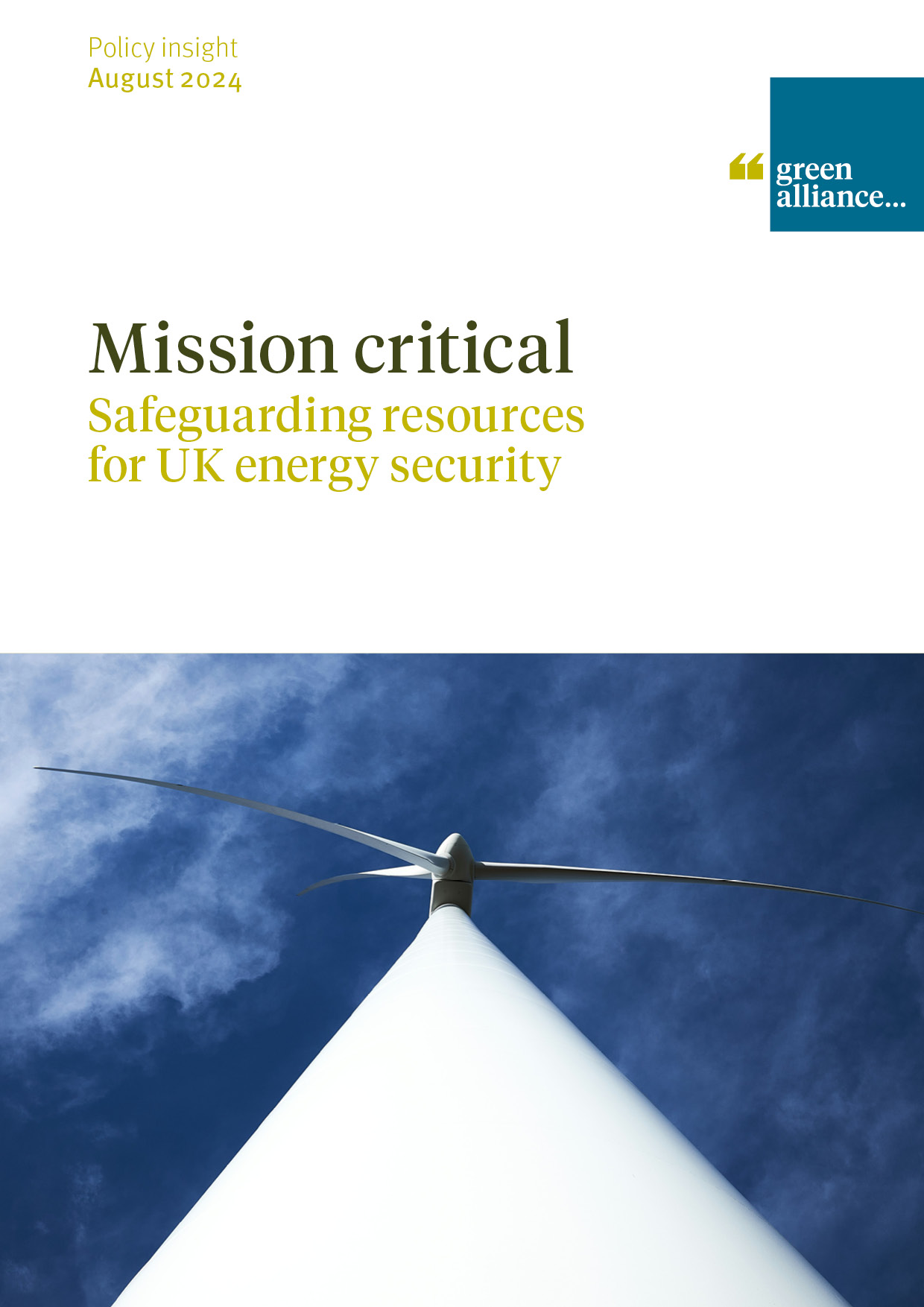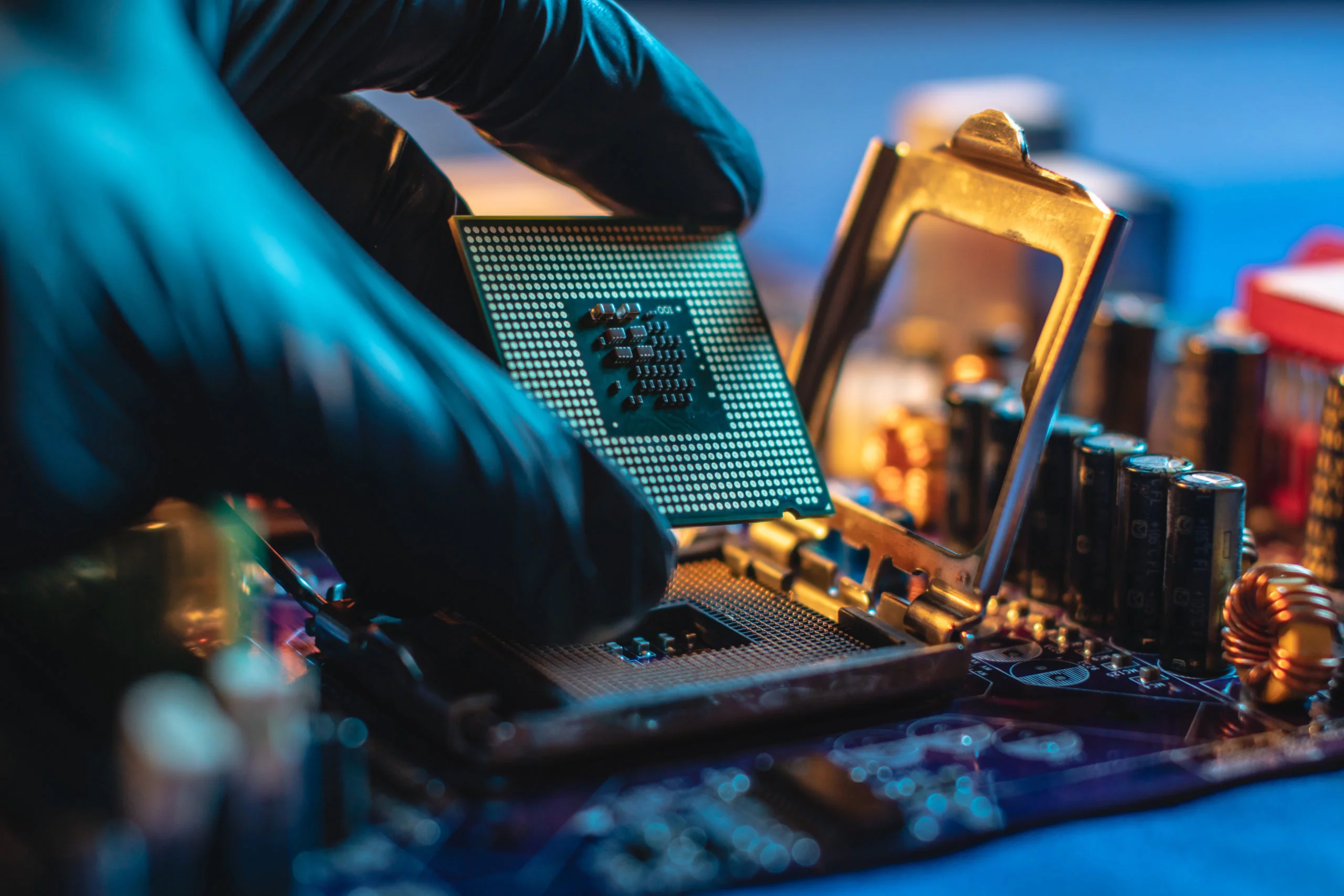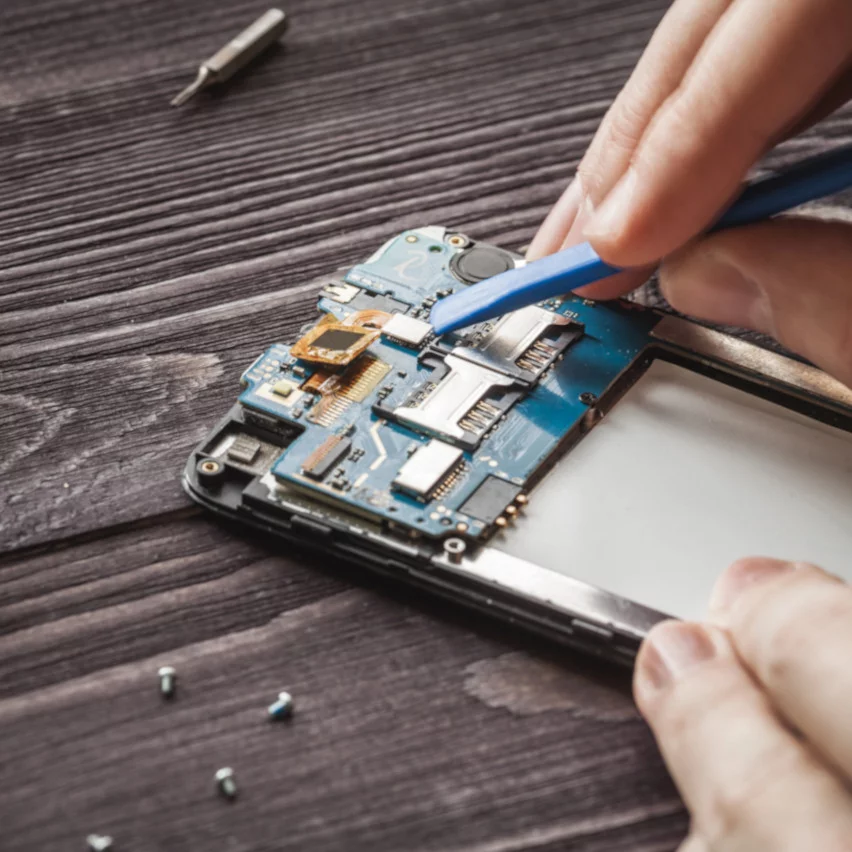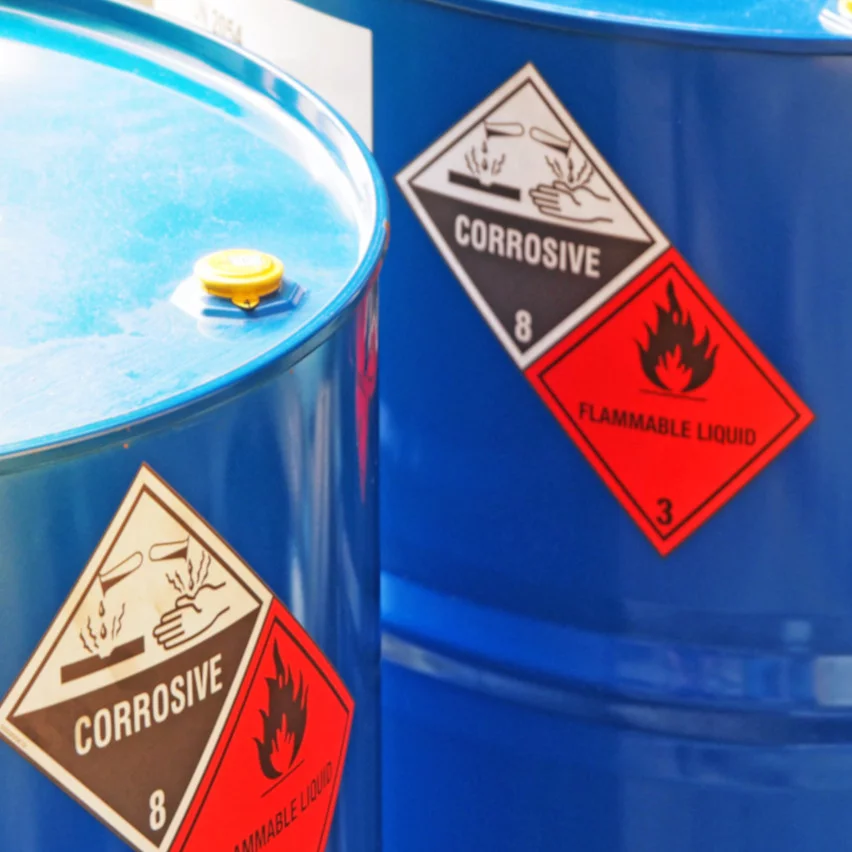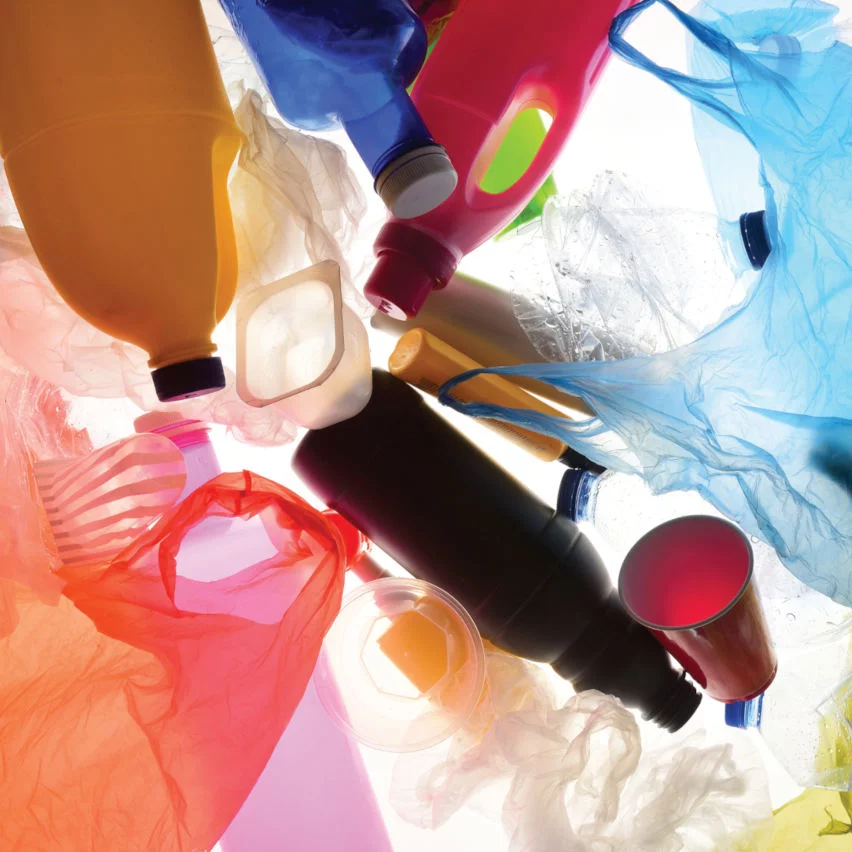The sustainable use of resources is critical for a secure and thriving economy. We work with leading businesses, academics and NGOs on what a resource efficient economic system should look like and how to achieve it, to keep materials in productive use and avoid the environmental problems caused by waste.
Why this matters
3
Number of planets that would be needed if global raw material consumption was at current UK levels
50%
Share of global greenhouse gas emissions caused by resource extraction and processing
£10bn
Profits UK manufacturers miss out on by not adopting energy and resource efficiency best practice
Projects
See all projectsLatest thinking
View AllBeyond the bin: where is the waste in our economy?
17 March, 2025
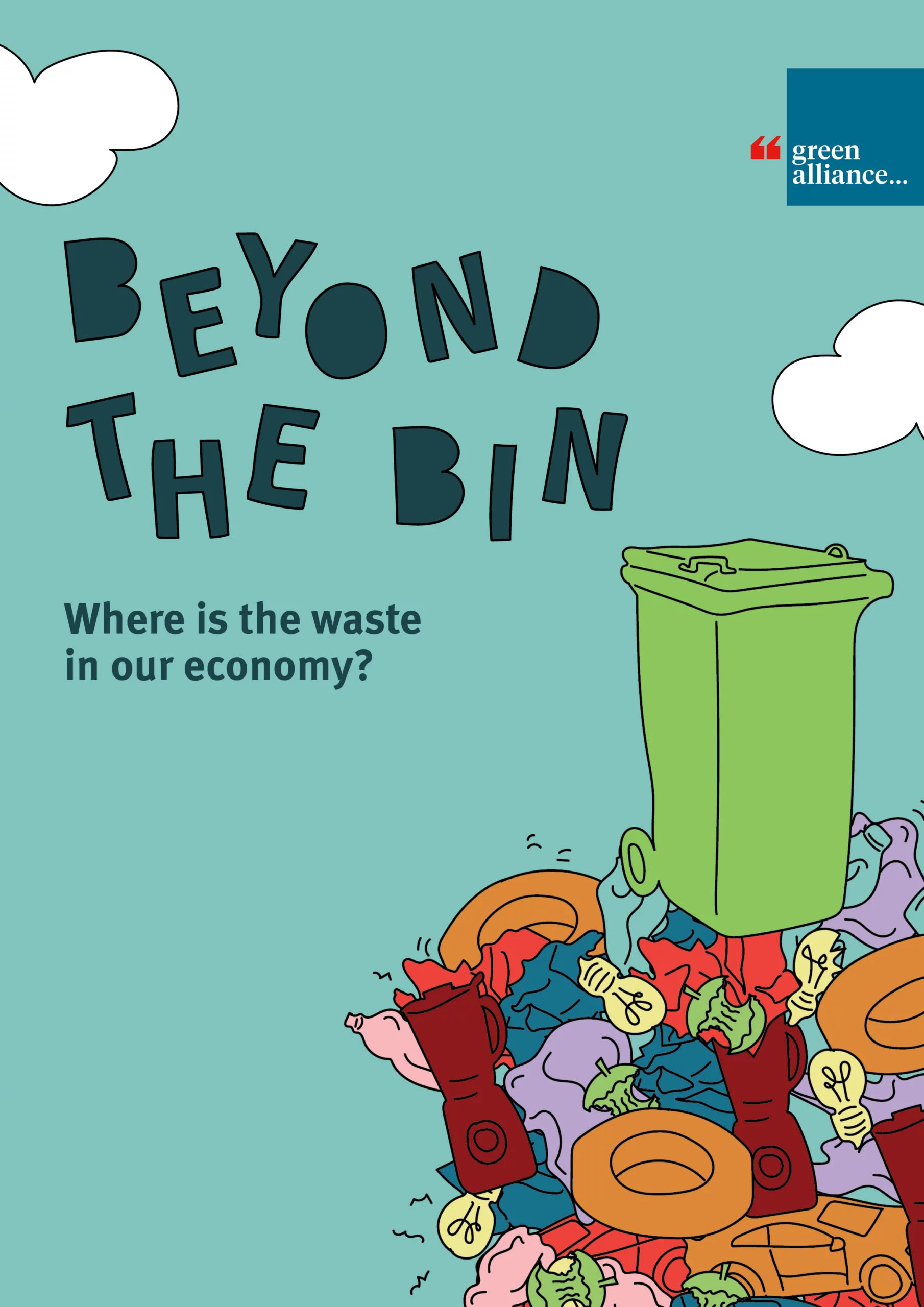
Making the connection: ending digital exclusion with reused devices
22 January, 2025
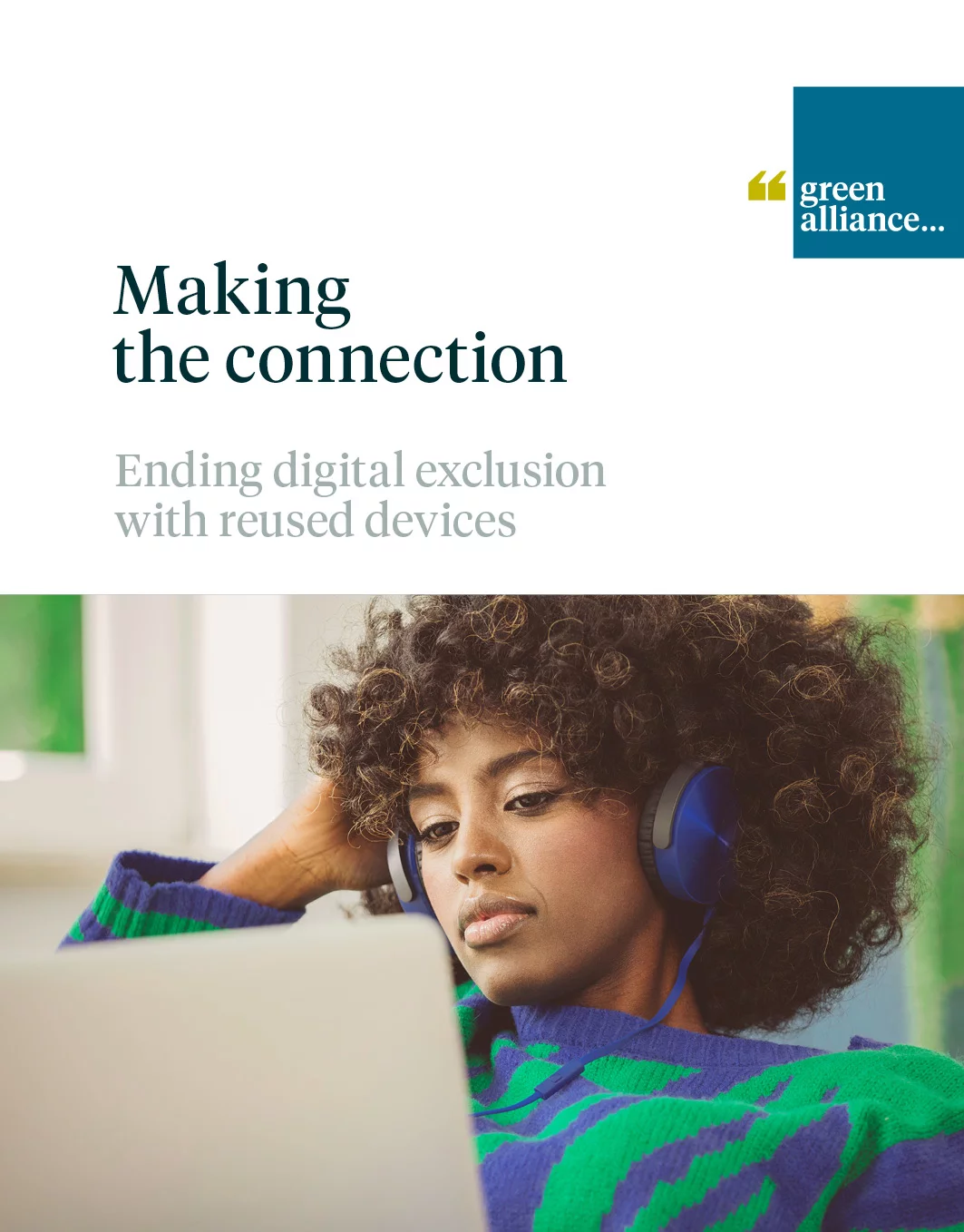
Why a circular economy is good for people
21 November, 2024
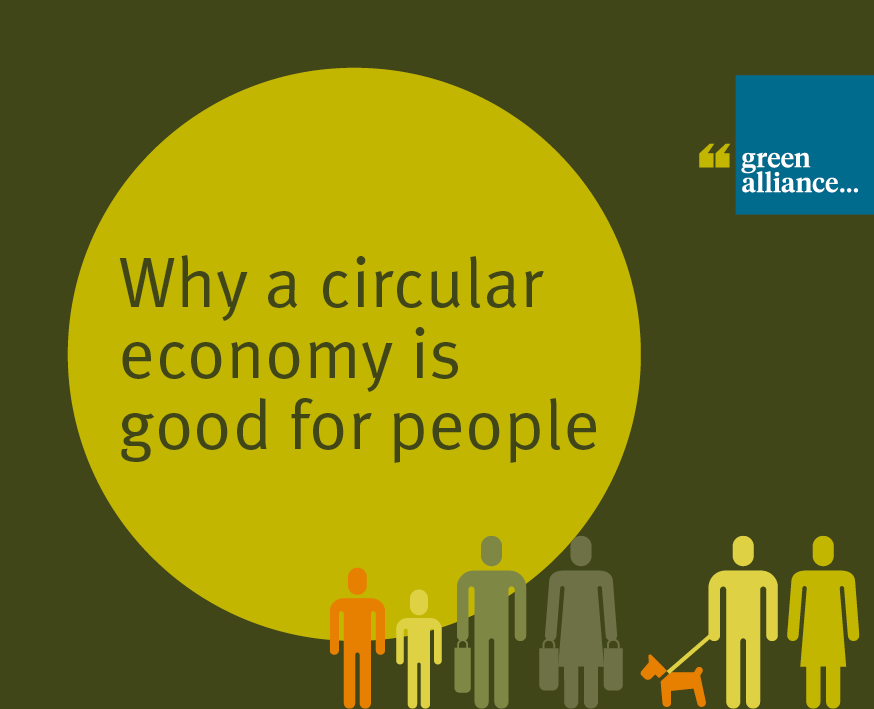
Why a circular economy is good for business
20 November, 2024
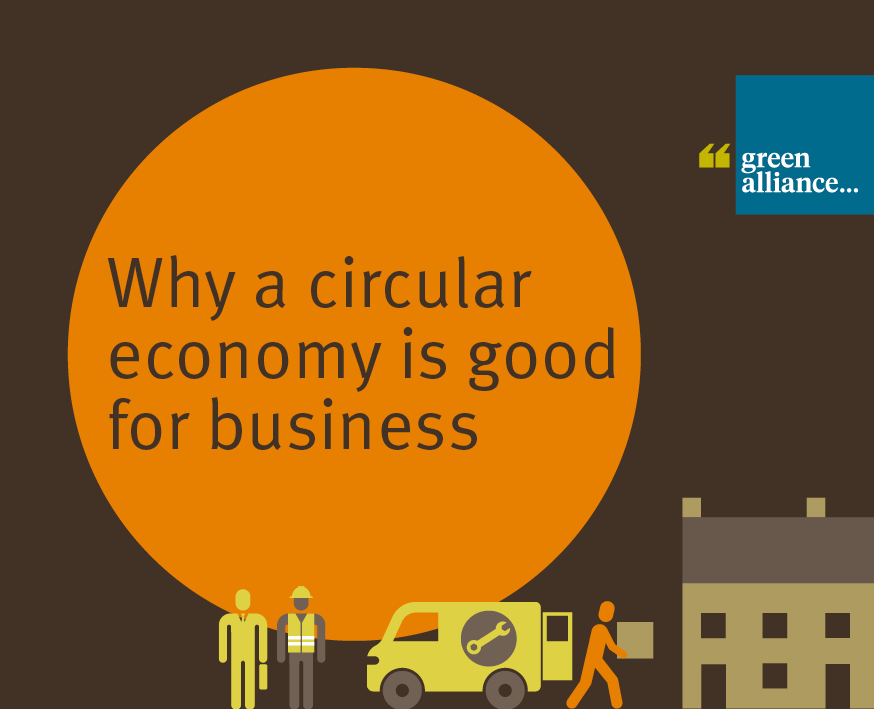
Why a circular economy is good for the UK
19 November, 2024
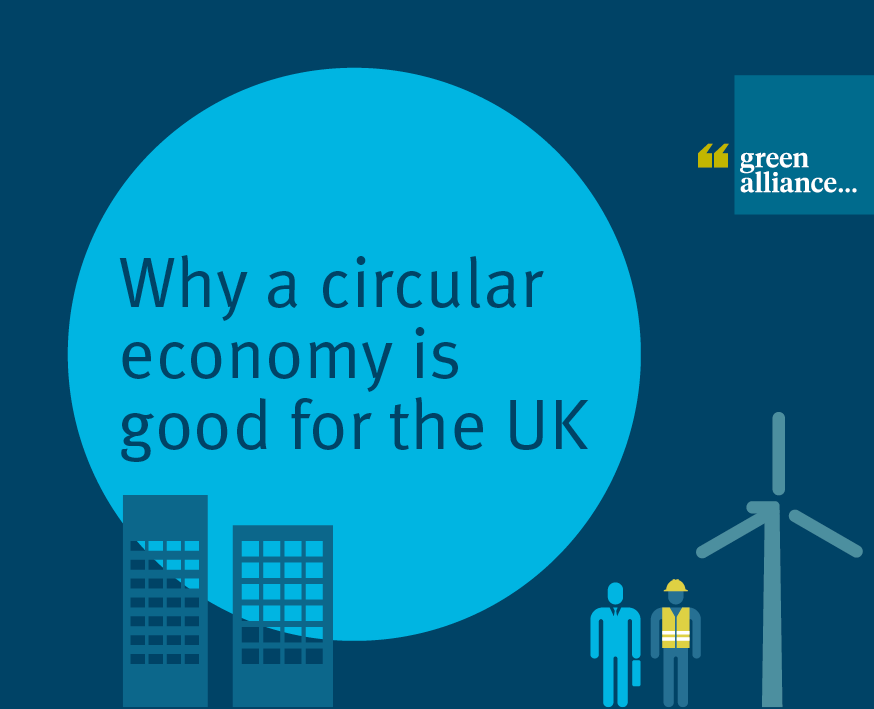
Reimagining resources: what’s holding back the circular economy?
18 November, 2024
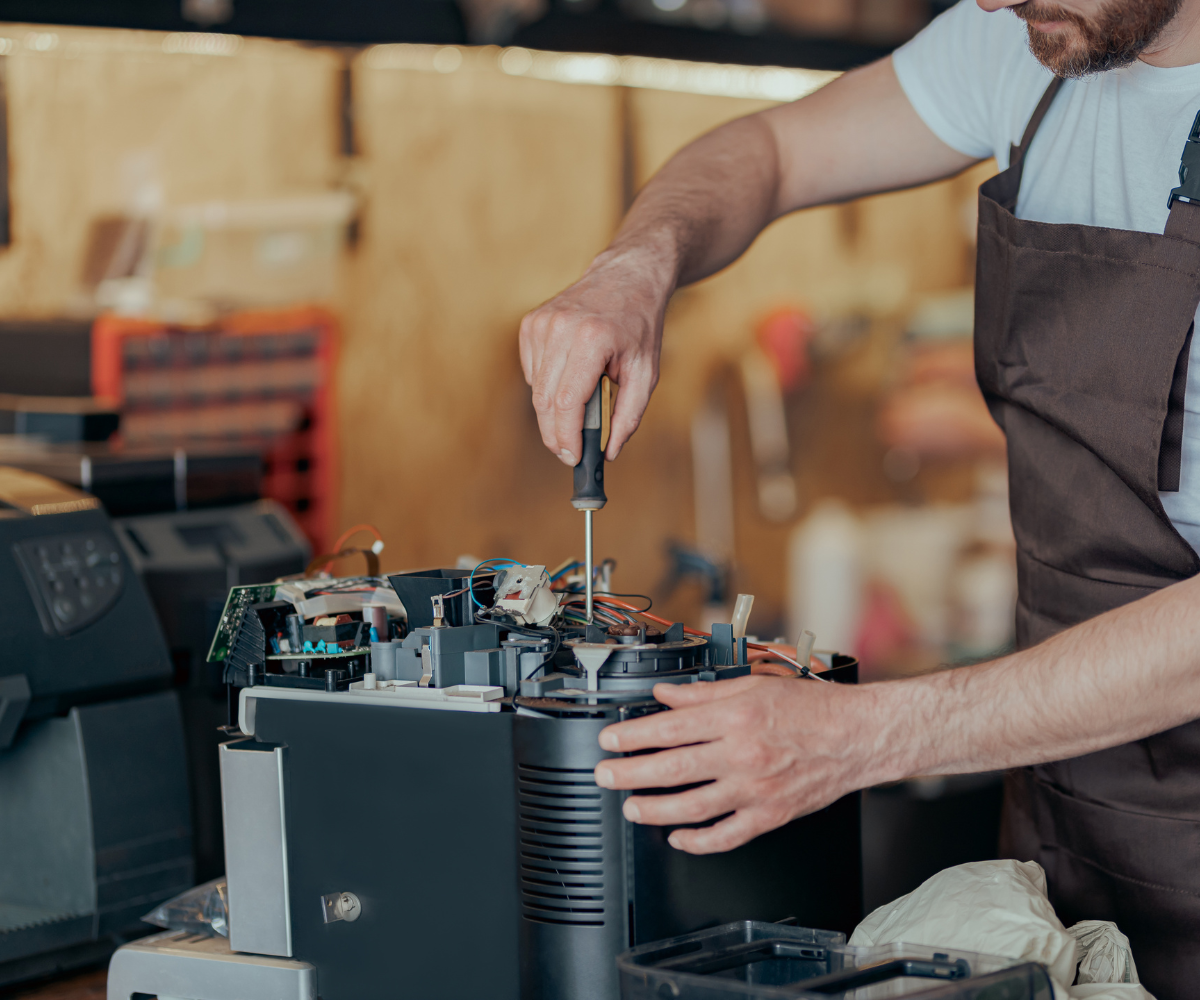
Getting on track for a circular economy: how the government can avoid mistakes of the past
18 November, 2024
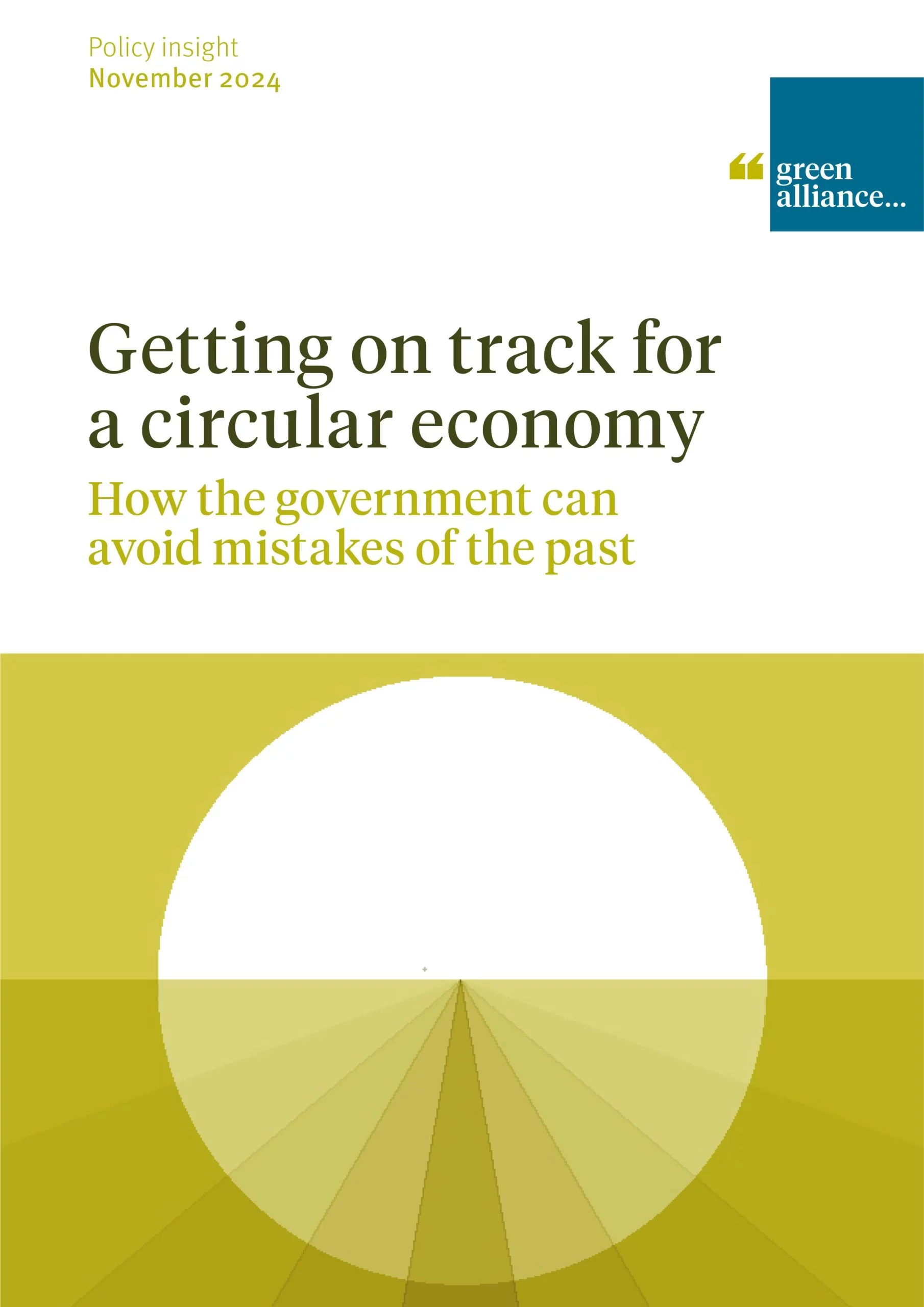
Mission critical: safeguarding resources for UK energy security
12 August, 2024
